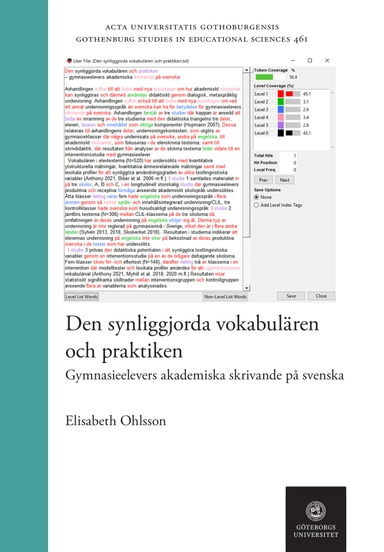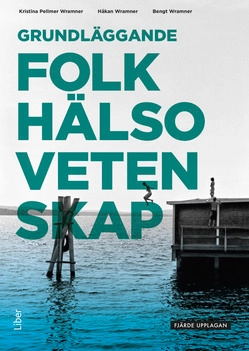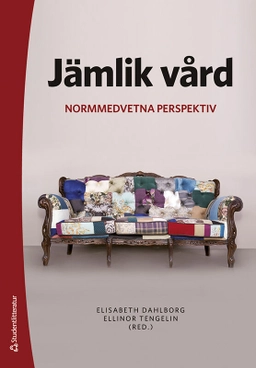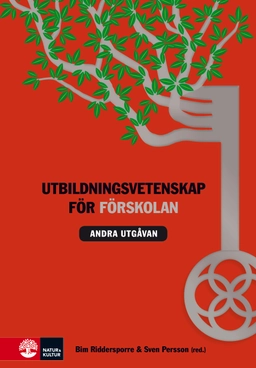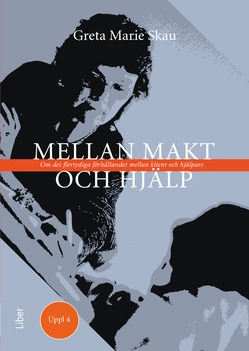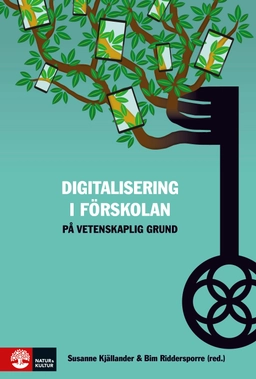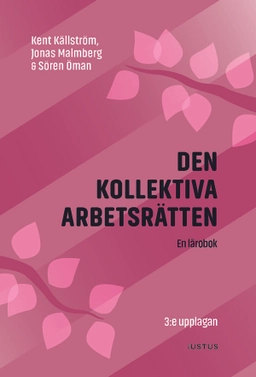The thesis includes three studies and a kappa and it has a twofold focus; the first is on vocabulary, as the relevance of vocabulary skills is increasingly important, not least for writing in academic contexts. The second focus is on the language of instruction. Studies 1 and 2 investigate students’ texts written in L1 by two student groups of which one is taught through Swedish apart from language lessons and the other group through English in some or all non-language subjects. The latter group is referred to as Content and Language Integrated Learning, CLIL. The texts investigated were written at four different occasions at three different upper secondary schools in Sweden in a longitudinal study. The attention is on productive academic language proficiency in Swedish, where the usage of certain linguistic features characterizing academic writing is investigated. In the first two studies, a total of 520 texts were examined. For this purpose quantitative measures have been applied together with corpus linguistic methods in addition with lexical profiling. The various measures seek to explore if there are differences in the vocabulary use between CLIL and non CLIL students or male and female students. The impact of L2 on students’ L1 is sometimes raised as an apprehension against CLIL education in Sweden. The results regarding productive written academic vocabulary indicate that there is no ground for such concerns. Study 3 was carried out at one of the three schools with new secondary students to investigate if and how, instruction about specific text linguistic variables connected to academic writing might impact students’ productive writing. Five classes participated, three as a control group and two as a treatment group. The intervention began with a pre-test where all students wrote an essay. After a treatment both student groups had access to their pre-test essays and were asked to revise them as a post-test. The results showed a significant increase for the students in the treatment group compared to the students in the control group. The study comprises both quantitative and qualitative data. The results in this thesis can hopefully contribute to limiting the fear regarding L1 writing skills in CLIL education in the Swedish CLIL context. Implications regardless of medium of instruction are that a greater focus should be placed on linguistic awareness concerning choices when writing in school. Another implication drawn from the results of the three studies is that by visualizing the vocabulary in upper secondary students’ written texts in Swedish, cognition about language can provide a basis of writing knowledge. Parts of work I. Ohlsson, E. (2018). Att synliggöra vokabulär. En kvantitativ studie av gymnasieelevers skrivuppgifter på svenska inom CLISS-projektets ram. (Licentiatuppsats). Göteborgs universitet. http://hdl.handle.net/2077/55024 II. Ohlsson, E. (under review). Perspectives on Written L1 in Swedish CLIL Education. III. Ohlsson, E. (under granskning). Akademiskt skrivande - en interventionsstudie med gymnasieelever.
Åtkomstkoder och digitalt tilläggsmaterial garanteras inte med begagnade böcker
